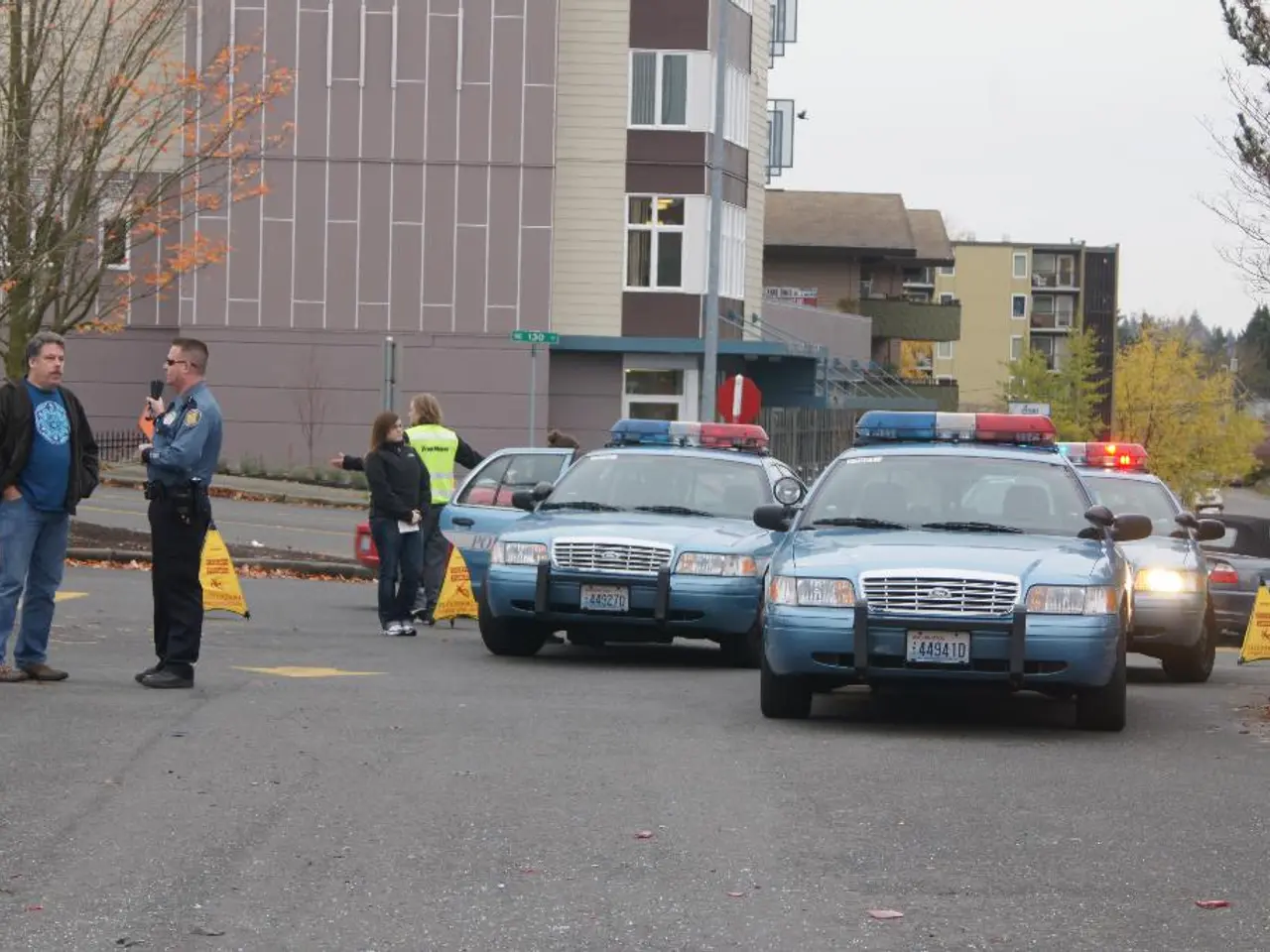MTA Chair Announces Accessibility Upgrades for 70% of Subway Users Imminent
The Metropolitan Transportation Authority (MTA) is pushing forward with a significant expansion of accessibility in the New York City subway system, as part of its $68 billion 2025-29 Capital Plan. The plan aims to make at least 60 stations ADA-accessible, with an additional 12 stations announced recently for improvements [1][2][3][4].
These newly announced stations, spread across all five boroughs, will receive upgrades including elevators and ramps. They are:
- Brooklyn: 53rd Street (R), Bedford-Nostrand Avenues (G), Franklin Av-Medgar Evers College (2/3/4/5), Grand Army Plaza (2/3)
- Manhattan: 190th Street (A), Cathedral Parkway-110 St (1)
- Bronx: Fordham Road (B/D), Botanic Garden (S), Eastchester-Dyre Avenue (5), Woodlawn (4)
- Queens: Grand Avenue-Newtown (M/R), 63rd Drive-Rego Park (M/R) [1][3]
The MTA has prioritised these stations based on legislatively mandated criteria such as ridership, transfer points, and geographic equity, while incorporating public input through an online tool that gathered over 2,000 responses citywide [1][2].
MTA Chair and CEO Janno Lieber emphasised that the agency is moving at a pace five times faster than before toward full accessibility and is committed to delivering on the legal right to accessible transit [1][2]. The overall capital plan allocates almost $7 billion specifically to ADA upgrades, including stations and elevator replacements, reinforcing the agency’s dedication to making the subway system accessible for seniors, parents with strollers, and over a million New Yorkers living with disabilities [3].
Since 2020, new elevators have been installed at 36 stations, double the number of ADA stations completed in the previous six years. Another 35 accessible stations are currently under construction [1]. The MTA's recent expansion has focused on improving subway accessibility, with the goal of making more than half of the subway system fully accessible at stations serving 70% of riders [2].
By the end of the 2025-29 MTA Capital Plan, there will be over 271 fully accessible stations systemwide, which is 236% of what existed before the COVID pandemic [1]. This progress not only benefits the millions of people who rely on public transportation daily, but also expands opportunities across the entire metropolitan region.
As July marks Disability Pride Month, the MTA's commitment to accessibility remains a year-round priority. By prioritising accessibility, the MTA is making a significant contribution to making New York City more affordable and inclusive for all its residents. With public transportation being only 15% the cost of owning a car, expanding access to the subway system is crucial for economically challenged populations, including seniors, parents with strollers, and people with disabilities.
[1] https://www.mta.info/news/press-releases/mta-announces-12-new-ada-accessible-subway-stations [2] https://www.mta.info/mta/news/press-releases/mta-announces-12-new-ada-accessible-stations [3] https://www.mta.info/capital/2025-2029-capital-program [4] https://www.mta.info/accessibility/ada-accessible-stations
- The Metropolitan Transportation Authority (MTA) has prioritized the upgrades of specific subway stations in all five boroughs (Brooklyn, Manhattan, Bronx, Queens), which involves instaling elevators and ramps, a part of its strategy to make at least 60 stations ADA-accessible.
- Incorporating public feedback and adhering to legislatively mandated criteria such as ridership, transfer points, and geographic equity, the MTA allocates nearly $7 billion in its $68 billion 2025-29 Capital Plan to making New York City subway stations more accessible for seniors, parents with strollers, and over a million New Yorkers living with disabilities.




